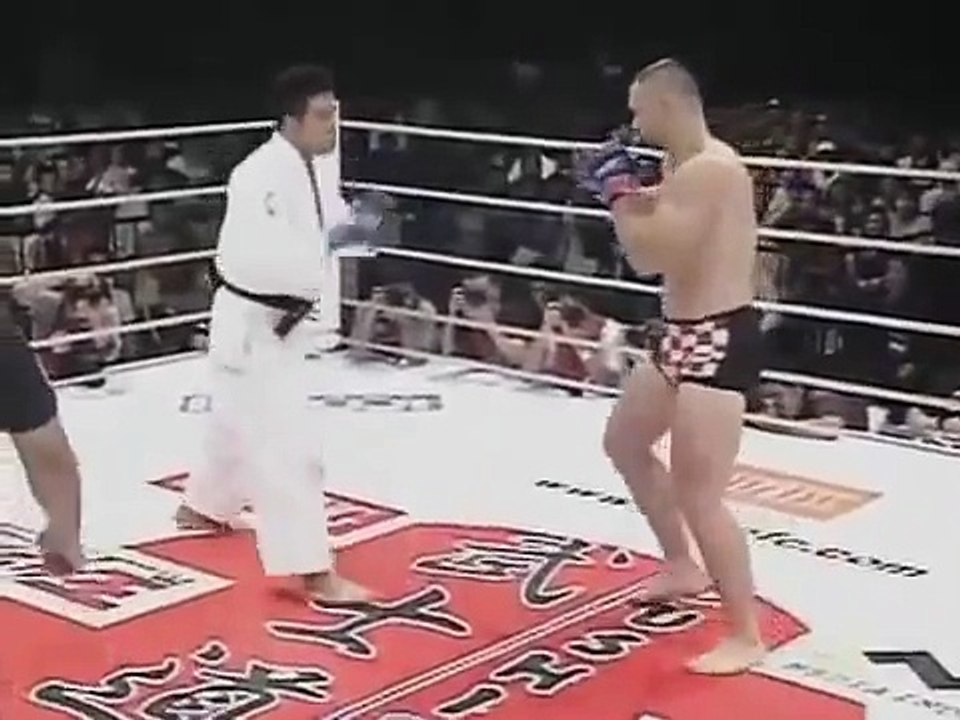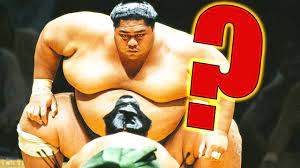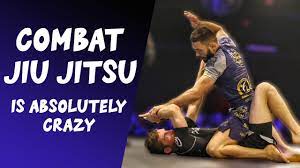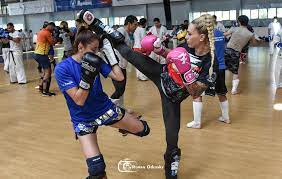Kickboxing vs Judo: A Comparison of Martial Arts
Introduction
Martial arts have been practiced for centuries and continue to captivate people around the world. Two popular disciplines, kickboxing and judo, offer unique styles and techniques. In this article, we will explore the key differences and similarities between kickboxing and judo, helping you understand which martial art may be more suitable for you. So, let’s step into the ring and examine the exciting world of kickboxing and judo.
1. Understanding Kickboxing
Origins and Principles
Kickboxing originated in Japan and later gained popularity in the United States during the 1970s. It combines elements of traditional karate and boxing, emphasizing strikes using both hands and legs. The fundamental principle of kickboxing is to strike opponents with powerful and precise blows, employing various techniques such as punches, kicks, knee strikes, and elbows.
Striking Techniques
Kickboxing involves a wide range of striking techniques. Punches include jabs, hooks, crosses, and uppercuts, while kicks encompass roundhouse kicks, front kicks, and sidekicks. Elbow and knee strikes are also utilized, making kickboxing a versatile martial art when it comes to offensive tactics.
Training and Conditioning
To excel in kickboxing, practitioners undergo rigorous training and conditioning. This includes cardiovascular exercises, strength training, flexibility drills, and practicing techniques on heavy bags and focus pads. Additionally, sparring sessions and shadowboxing help improve reflexes, timing, and overall combat skills.
Competitive Formats
Kickboxing offers various competitive formats, such as full-contact, light-contact, and semi-contact fights. Competitions are held in rings or cages, with participants showcasing their skills in striking, footwork, and defensive maneuvers. Prominent organizations like the International Kickboxing Federation (IKF) and World Kickboxing Association (WKA) organize world-class events, attracting talented fighters from around the globe.
2. Exploring Judo
Origins and Philosophy
Judo, developed in Japan by Jigoro Kano in the late 19th century, emphasizes flexibility, balance, and efficient use of energy. It is primarily a grappling martial art, focusing on throws and groundwork techniques. Judo’s philosophy revolves around using an opponent’s strength against them, making it suitable for self-defense and competitive sports.
Throws and Grappling Techniques
Judo practitioners learn a wide array of throws, including hip throws, shoulder throws, and leg sweeps. These techniques rely on timing, leverage, and proper execution to efficiently control and subdue opponents. Judo also incorporates groundwork techniques, such as joint locks and chokeholds, enabling practitioners to immobilize opponents on the mat.
Training and Conditioning
Training in judo involves a combination of physical conditioning and technical skill development. Exercises like running, core strengthening, and resistance training enhance overall fitness. Judo-specific drills focus on developing explosive power, balance, and agility. Practitioners also engage in randori (sparring) sessions to apply techniques against resisting opponents.
Competitive Formats
Judo competitions take place on a mat, known as a tatami. The objective is to score points by executing clean and controlled throws, pins, or submission techniques. Matches can be won by achieving ippon (a full-point score) or accumulating smaller scores such as waza-ari and yuko. Organizations like the International Judo Federation (IJF) govern international judo events, including the prestigious Olympic Games.
3. Kickboxing vs. Judo: A Comparative Analysis
When comparing kickboxing and judo, several factors differentiate these two martial arts:
Focus on Striking vs. Grappling
Kickboxing predominantly emphasizes striking techniques, including punches, kicks, and knee strikes. It focuses on delivering powerful blows while maintaining quick footwork and defensive maneuvers. On the other hand, judo concentrates on grappling techniques and throws, using an opponent’s energy against them to gain control and secure victory.
Defensive Strategies
In kickboxing, defensive strategies revolve around blocking strikes, evading attacks, and counter-punching or kicking. Footwork and head movement play crucial roles in avoiding opponents’ strikes effectively. In judo, defensive techniques involve redirecting an opponent’s force, utilizing proper balance and leverage to neutralize attacks and initiate counterthrows or submissions.
Physical and Mental Demands
Both kickboxing and judo demand physical and mental discipline. Kickboxing requires explosive power, cardiovascular endurance, and agility. Judo relies on flexibility, coordination, and technical precision. Both martial arts enhance overall fitness and develop mental attributes like focus, discipline, and strategic thinking.
Applicability in Self-Defense
Kickboxing and judo have distinct advantages when it comes to self-defense. Kickboxing equips practitioners with striking skills that can effectively fend off attackers in close-quarters situations. Judo, with its emphasis on throws and grappling techniques, allows individuals to neutralize opponents, control their movements, and subdue them on the ground.
4. Choosing the Right Martial Art for You
To choose between kickboxing and judo, consider the following factors:
Personal Goals and Interests
Determine whether you are more inclined toward striking techniques or grappling and throws. Reflect on your goals, whether they involve self-defense, physical fitness, competition, or personal development.
Physical Fitness and Conditioning
Assess your current physical condition and consider which martial art aligns better with your strengths and areas for improvement. Kickboxing demands explosive power and cardiovascular endurance, while judo requires flexibility, coordination, and core strength.
Availability of Training Facilities
Check the availability of reputable training facilities and experienced instructors in your area. Consider factors like class schedules, proximity to your location, and the quality of training programs offered.
Seeking Expert Guidance
Consult with experienced practitioners, trainers, or martial arts experts to gain valuable insights and guidance. They can assess your abilities, understand your aspirations, and provide recommendations based on their expertise.
5. Conclusion
Kickboxing and judo offer distinct approaches to martial arts, each with its own strengths and appeal. Kickboxing emphasizes striking techniques and provides a dynamic and fast-paced fighting style. Judo, on the other hand, focuses on throws and grappling, relying on technique, timing, and leverage. Choosing between kickboxing and judo depends on personal preferences, goals, and physical attributes. Both martial arts offer valuable skills, enhance physical fitness, and cultivate discipline and mental focus.







